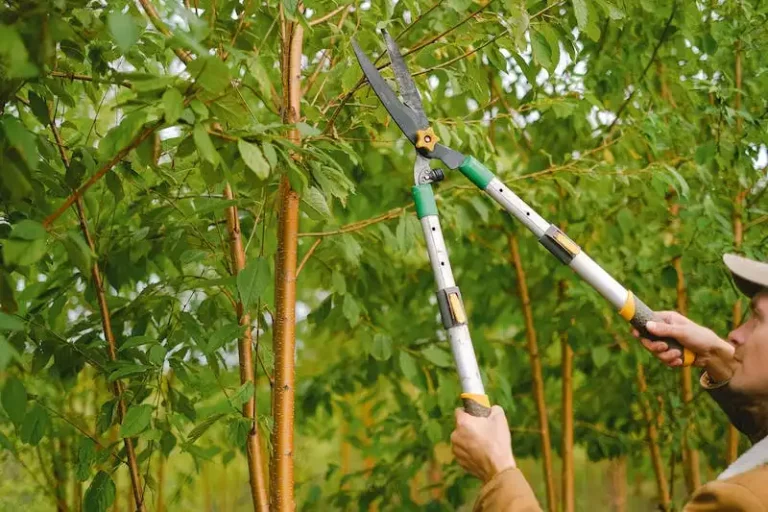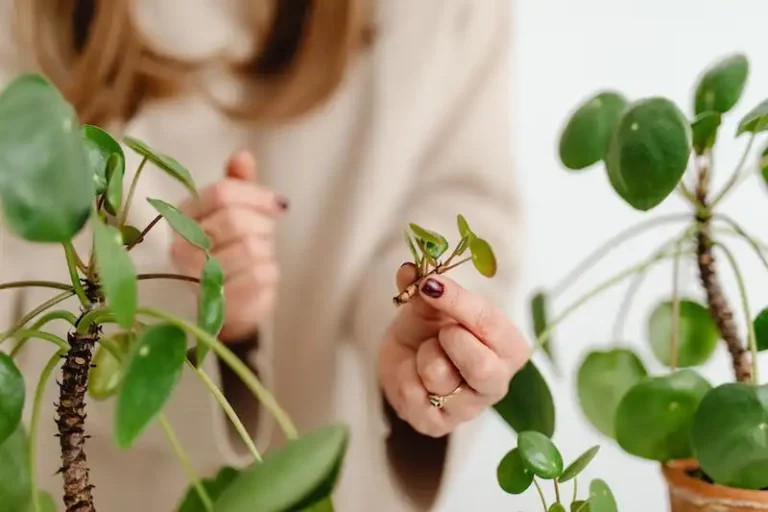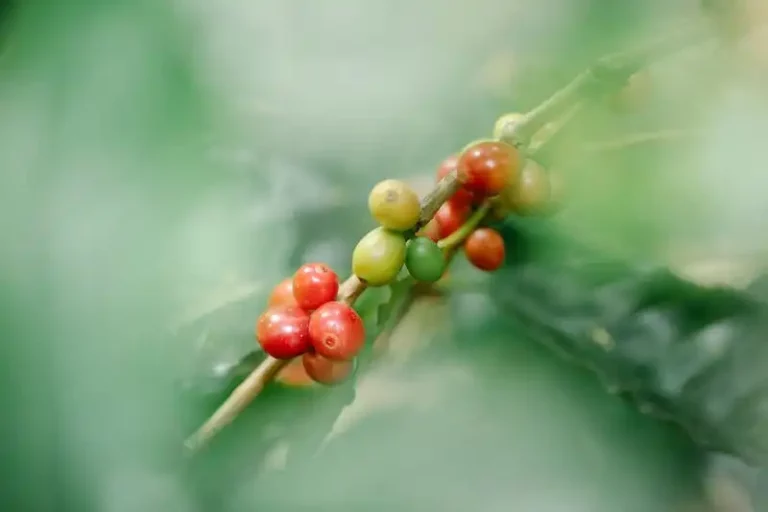When winter approaches, gardeners and horticulturists need to address the issue of protecting their plants from the cold. One excellent solution for insulating your greenhouse is bubble wrap. Bubble wrap can provide multiple benefits for your greenhouse, such as increased insulation, reduced heat loss, and protection from frost.
Before you start, it is essential to clean your greenhouse thoroughly to get rid of any dirt or debris. Measure the dimensions of your greenhouse to determine how much bubble wrap you’ll need. It is also wise to consider if you need other materials, such as blankets or heavy-duty fabrics, to hang as additional insulation.
When it comes to bubble wrap, thicker is always better. Using thicker bubble wrap with larger bubbles will provide better insulation and protection. For an ultimate insulating effect, you can even use polystyrene sheets in addition to bubble wrap. These materials can be hung or attached to the greenhouse structure using supports or weights.
Now, let’s learn how to install the bubble wrap. Start by cutting the bubble wrap into large sheets that can cover the openings of your greenhouse. Whether you have a small greenhouse or a larger tunnel, make sure the sheets are cut in a way that allows for easy access to outlets and other necessary openings.
Hang the bubble wrap inside the greenhouse, covering the walls and the roof. Secure it in place using supports or weights. It’s important to mention that bubble wrap should be installed with the bubbles facing the inside of the greenhouse, as this creates an air gap that enhances its insulating effect.
Consider using a bubble wrap alternative such as the Quictent greenhouse, which features crystal clear polystyrene panels. These panels are thicker than regular bubble wrap and provide excellent insulation while allowing more light to enter the greenhouse. They are also easy to clean and maintain, making your gardening experience more enjoyable.
In conclusion, bubble wrapping your greenhouse can be an effective and affordable method to protect your plants from the cold. Remember to measure your greenhouse, use thicker bubble wrap or polystyrene sheets, and install everything right before the first frost. Following these tips will help you keep a warm and healthy greenhouse throughout the winter season.
5 Ways to Insulate Your Greenhouse or High Tunnel and Protect Crops
In order to protect your crops and maintain optimal growing conditions, it’s important to insulate your greenhouse or high tunnel. Here are five effective methods:
- Wrap: Bubblewrap, or other horticultural materials, can be used to wrap around the frame of your greenhouse. This creates an additional layer of insulation by trapping heat inside and keeping cold air out. Look for uv-resistant bubblewrap or other insulation materials specifically designed for greenhouses.
- Seal: Before wrapping your greenhouse, make sure to seal any cracks or openings in the frame. This will help prevent cold drafts from entering and warm air from escaping. Using weather-stripping, duct tape, or other sealant can be effective in sealing gaps.
- Add extra layers: For extra insulation, you can add a layer of heavy-duty polyethylene or polycarbonate sheets to the outside of your greenhouse frame. This will provide an additional barrier against cold temperatures and help retain heat inside.
- Use thermal mass: Incorporating materials with high heat retention, such as water-filled containers or barrels, can help absorb and release heat throughout the day. This can help regulate temperatures and provide additional insulation during colder periods.
- Consider heating options: If temperatures frequently drop below freezing, you may need to invest in a heating system for your greenhouse. Options include electric heaters, propane heaters, or even heat mats placed beneath growing areas. Ensure proper ventilation and follow safety guidelines when using any heating equipment.
By implementing these insulation methods, you’ll be able to maintain a more stable environment in your greenhouse or high tunnel, protecting your crops and extending the growing season.
The Ultimate Guide to Bubble Wrapping a Greenhouse
When it comes to protecting your greenhouse from the harsh elements of winter, bubble wrapping is an excellent option. Not only does it provide insulation and retain heat, but it also offers many other benefits. In this guide, we will walk you through the process of bubble wrapping your greenhouse to ensure that your plants stay warm and thrive throughout the colder months.
1. Choosing the Right Material: When selecting a bubble wrap for your greenhouse, it’s important to choose a large, dry, and sturdy material. Bubble wrap is available in different sizes and thicknesses, so make sure to pick one that suits your needs. Additionally, using a green or white bubble wrap can help reflect sunlight, providing your plants with even more warmth.
2. Making Sure the Greenhouse is Clean: Before installing the bubble wrap, make sure that the greenhouse is clean and free of any dirt or debris. Wipe down the surfaces and remove any old tape or cardboard that may be present.
3. How to Install the Bubble Wrap: Start by measuring the dimensions of your greenhouse. Cut the bubble wrap according to these measurements, allowing for a short overlap. Use a strong tape or greenhouse sealant to secure the bubble wrap to the framing of the greenhouse. Attention should be paid to sealing any gaps or openings to ensure maximum insulation.
4. Putting Away Weights: If you live in an area with high winds, it’s important to put weights on the bottom of the bubble wrap to keep it in place. This will prevent the wind from blowing it away and exposing your plants to cold temperatures.
5. The Benefits of Using Bubble Wrap: Bubble wrap is an excellent option for greenhouse insulation, especially when compared to other mentioned materials such as plastic, cardboard, or duct tape. It provides better insulation, is easier to install, and offers more strength.
6. Ensuring Proper Ventilation: While bubble wrap does a great job of retaining heat, it’s important to ensure proper ventilation inside the greenhouse. Before wrapping your greenhouse, make sure that all vents and windows are open to allow for airflow. This will prevent the greenhouse from becoming too hot or humid, which can be detrimental to the plants.
7. Challenges: Bubble wrapping a greenhouse does come with a few challenges. One challenge is that the bubble wrap can trap moisture, so it’s important to check for condensation regularly and address it accordingly. Additionally, if your greenhouse has a polycarbonate surface, extra care should be taken to avoid damaging it while installing the bubble wrap.
8. Other Greenhouse Wrapping Options: If bubble wrap doesn’t suit your needs, there are other wrapping options available. These include using horticultural fleece, twinwall polycarbonate sheets, or even creating a tunnel with PVC pipes and greenhouse plastic. Consider these options depending on your specific gardening requirements.
Whether you’re a professional gardener or just starting out in your gardening journey, bubble wrapping your greenhouse is an excellent way to protect your plants during the colder months. Follow these steps to ensure that your greenhouse stays warm and your plants stay healthy.
Source: The Ultimate Guide to Bubble Wrapping a Greenhouse
Why are gardeners bubble wrapping Greenhouses
Gardeners are choosing to bubble wrap their greenhouses for several reasons. One of the main reasons is to maintain a consistent temperature inside the greenhouse. By insulating the greenhouse with bubble wrap, gardeners can effectively trap heat and prevent rapid temperature fluctuations that can be damaging to plants.
Another reason is to protect plants from cold weather. When temperatures drop, gardeners use bubble wrap to create an extra layer of insulation that helps to keep the greenhouse warmer inside. This is especially important during the colder months, as plants are more vulnerable to freezing temperatures.
Bubble wrapping a greenhouse also helps to conserve energy. By using bubble wrap to insulate the greenhouse, less heat is lost through the windows and vents, reducing the need for additional heating. This can result in lower energy bills and a more sustainable gardening practice.
In addition, bubble wrap is a cost-effective solution compared to other materials such as polystyrene or blackout fleeces. It is readily available and easy to store, making it a convenient choice for gardeners.
Bubble wrap can be used in various ways to bubble wrap a greenhouse. It can be wrapped around the frame or attached with weights or clips. Some gardeners prefer to use full sheets of bubble wrap, while others double or triple-layer it for extra insulation. The choice depends on the specific needs of the greenhouse and the desired level of insulation.
When bubble wrapping a greenhouse, it is also important to consider the placement of vents and windows. Gardeners need to ensure that the bubble wrap does not interfere with the proper functioning of these structures. It may be necessary to un-wire or roll-up the bubble wrap during warmer periods to allow for proper ventilation.
Overall, bubble wrapping a greenhouse can be a beneficial practice for gardeners looking to protect their plants from colder temperatures and maintain a consistent growing environment. By choosing the right materials and techniques, gardeners can effectively insulate their greenhouse and enjoy gardening year-round.
Why is bubble wrap a good insulator
Bubble wrap is a popular and effective insulating material that is often used to provide additional insulation for windows and other areas during the winter. It is especially useful for insulating greenhouses, as it helps to keep the warmth inside and prevent heat loss.
There are several reasons why bubble wrap is a good insulator:
- Air-filled pockets: Bubble wrap consists of small air-filled pockets that act as a barrier, reducing heat transfer. These air pockets help to trap warm air inside the greenhouse, making it more insulated.
- Thermal resistance: The air-filled pockets in bubble wrap provide thermal resistance, preventing the cold air from penetrating the greenhouse and the warm air from escaping. This helps to maintain a stable temperature inside the greenhouse, which is crucial for the well-being of plants.
- Lightweight and flexible: Bubble wrap is a lightweight and flexible material, making it easy to install and remove. This makes it a convenient and temporary solution for insulating greenhouses during the winter months.
- Cost-effective: Bubble wrap is an affordable insulation option compared to other materials. It is readily available and can be purchased from local stores or online platforms like Amazon.
- Easy to install: Bubble wrap can be easily installed by cutting it to the desired size and attaching it to the greenhouse frame using tape or clips. It can be customized to fit any size or shape of the greenhouse, making it a versatile insulating option.
- Durable: Bubble wrap is a durable material that can withstand the elements. However, it is important to choose a thicker and higher-quality bubble wrap to ensure its longevity.
In addition to bubble wrap, there are other materials that can be considered for insulating greenhouses, such as horticultural fleece, polycarbonate sheets, and thermal blankets. These materials offer different levels of insulation and have their own pros and cons. It is important to gather information about the specific needs of your greenhouse and choose the most suitable insulation material accordingly.
When using bubble wrap as an insulator, it is recommended to seal any gaps or areas where air might escape. This can be done using a sealant or by taping down the edges of the bubble wrap. Sealing the bubble wrap will further enhance its insulating properties and prevent heat loss.
To optimize insulation, some gardeners choose to use multiple layers of bubble wrap or combine it with other insulating materials. This can help to create a more effective insulation barrier and provide additional protection against colder temperatures.
In conclusion, bubble wrap is an excellent insulator that can help to reduce heat loss and insulate greenhouses during the winter. Its air-filled pockets and thermal resistance make it an effective barrier against cold air, while its lightweight and flexible nature make it easy to install and remove. By properly wrapping your greenhouse with bubble wrap, you can create a warmer and more protected environment for your plants, ultimately saving on your heating bill.



